|
The Unification of Relativity and Quantum Physics Through the Electromagnetic and Mass Properties of Empty Space
A Special Supplement by Mark Anderson
Introduction: 2011
After more than 30 years, I have finally decided to publish the original paper describing my foundation work in Resonance Theory. Although the paper’s language was naïve even at the time of writing, many of the ideas expressed then (from research done in 1978-80) were undiscovered, or considered non-mainstream; today, some of these are well-accepted. Specifically, at the time of writing, no paper using String Theory as a Theory of Everything had yet been published. (The first, from Michael Green in Britain, came later that year.) The use of a string (or membrane) model in this paper was at that time unique; but more important, the application of the Conservation of Energy along an electromagnetic wave in a vacuum allowed the clear conclusion that the vacuum was not, in fact, empty. And far from the then-dominant vision of something like “quantum foam” to explain this lack of emptiness, the paper goes forward to assign basic symmetries and physical characteristics to empty space itself. These are not virtual particles, dancing in and out of existence inside the protective cage of the Uncertainty Principle. This is real space, with real and measurable characteristics. The overall theme of the paper is both simple and important, and remains ahead of physics today: The laws of physics derive directly from the physical characteristics and symmetry properties of otherwise-empty space. In other words, we should study space to understand what appear to us to be particles, and not the other way around. Only through studying the nature of the vacuum will we come to a full understanding of those things which can emerge from it. Another implication of Resonance, stated but not fully developed in this paper, is that all particles and forces are, in fact, created from the material of space (one hates to say the vacuum, since it is not empty), and that the resonant characteristics of that space help define these physical events. In applying the Energy Conservation Law along the propagation path of EM waves, the paper posits a wave which contains the energy exchanged from the electric and magnetic fields as they collapse during each cycle. This is no different than the (kinetic) energy stored in various other media during the same cycles (water waves, sound waves, string waves). Whether this stored energy really has to do with matter is, to me, a matter of conjecture; what is not up for conjecture is the necessity that this amount of energy be stored along the axis of travel in exactly the amounts proposed for the mass wave. Finally, the section on Energy States no doubt should have been either left out or put into a different paper. I don’t mean that it is incorrect, only that it seems so removed from the other subject as to need to stand on its own. There will come a time, as we try to unite the Second Law of Thermodynamics with the rest of physics, that this work will be more valuable, since energy flows are one of the few connections with time definition in physics. This paper was written in 1980, and although, in the meantime, the physics community has discovered and adopted String, Superstring, M-brane, and other theories related to a vibrating space, all are derived from a “found” (Euler’s) equation during experiments at CERN, and so lack the rooting in fundamental physics that would have allowed them to be both more testable and more predictive. It is my hope that Resonance Theory can provide that physical foundation, and allow the “programme” of this research path to go forward more quickly. There are five additional, separate areas of theoretical discovery that I was also able to conclude, which I hope to lay out, in the not-distant future, at least as skeletons, so that in concordance with this set of ideas they will form a single framework for providing a new way of seeing and understanding how the world works. Finally, for those who remain unconvinced that Resonance is on the right track, I include three Addenda: one mathematical, refuting the original referee’s complaint; and the other two somewhat anecdotal, if perhaps no less interesting.
Mark Anderson Friday Harbor, Washington July 28, 2011 P.s. I would like to thank author and physicist (and friend) Fred Alan Wolf for reading this paper and commenting on it, specifically on the section regarding energy conservation along the axis of travel; William Bender, Professor of Physics Emeritus (dec.), Western Washington University, for his review of yet-unpublished force law convergences deriving from this work; and John Cramer, Professor of Physics Emeritus, University of Washington, for his comments and suggestions regarding key aspects of Resonance Theory. None of them had any part in the writing of this paper, and none should be held responsible for its content.
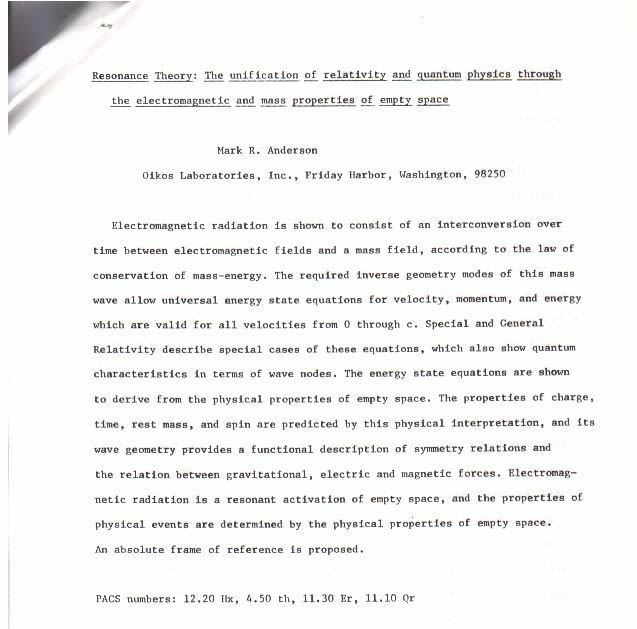  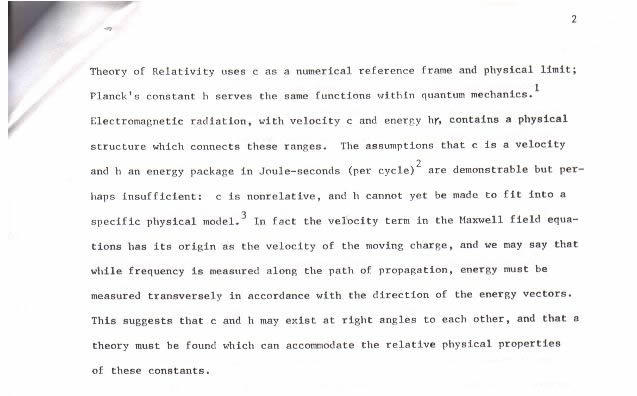 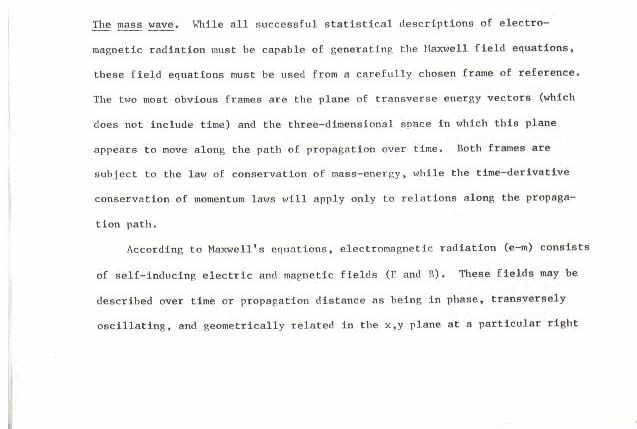 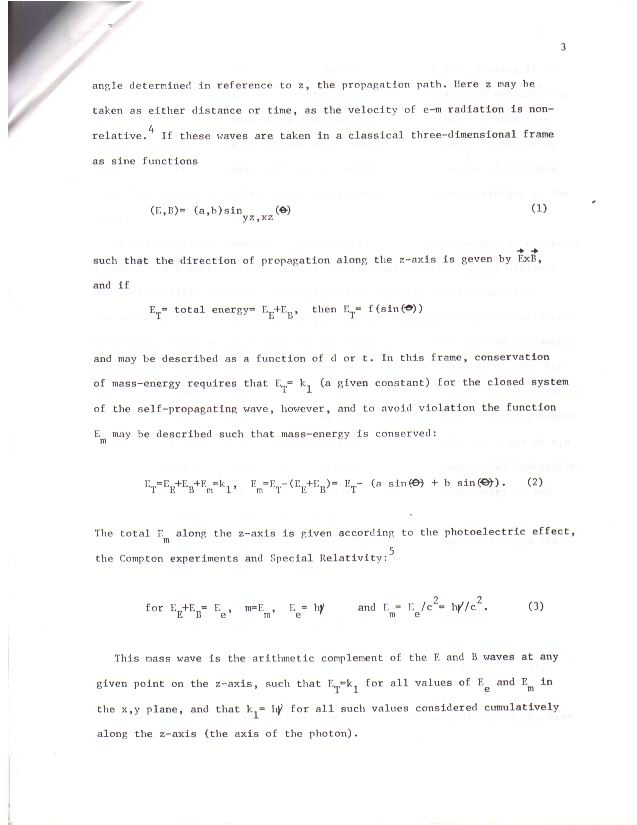 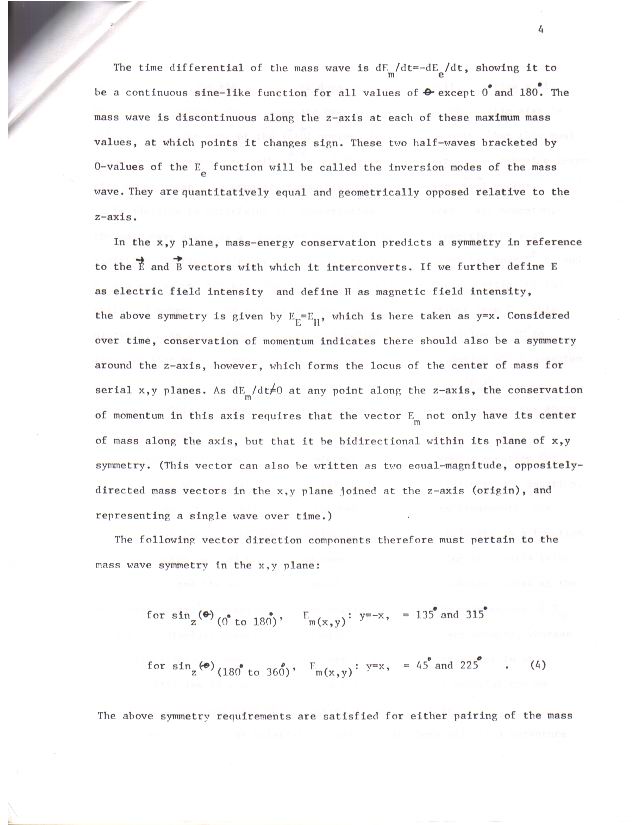 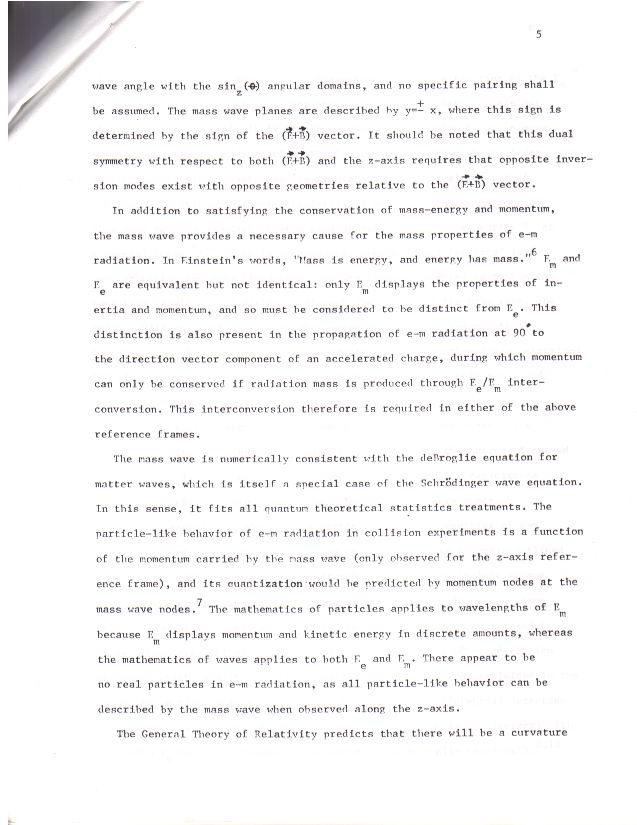 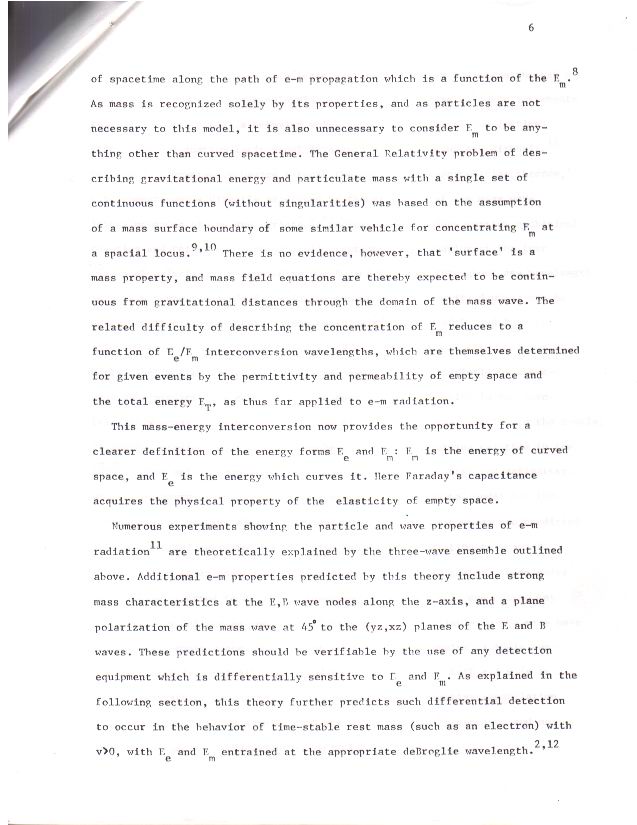 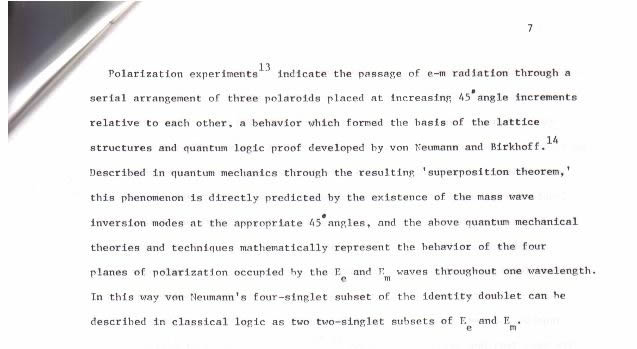 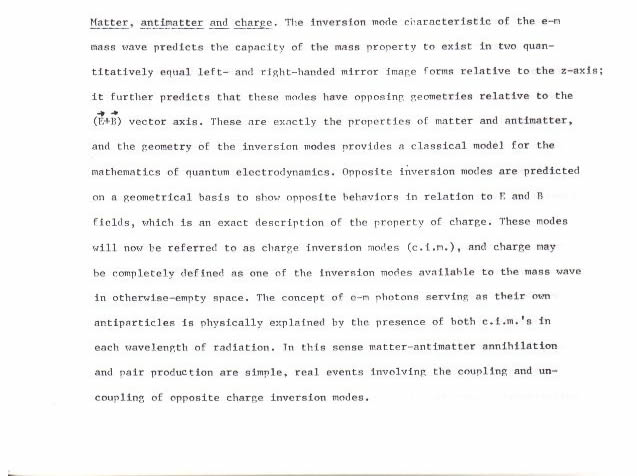 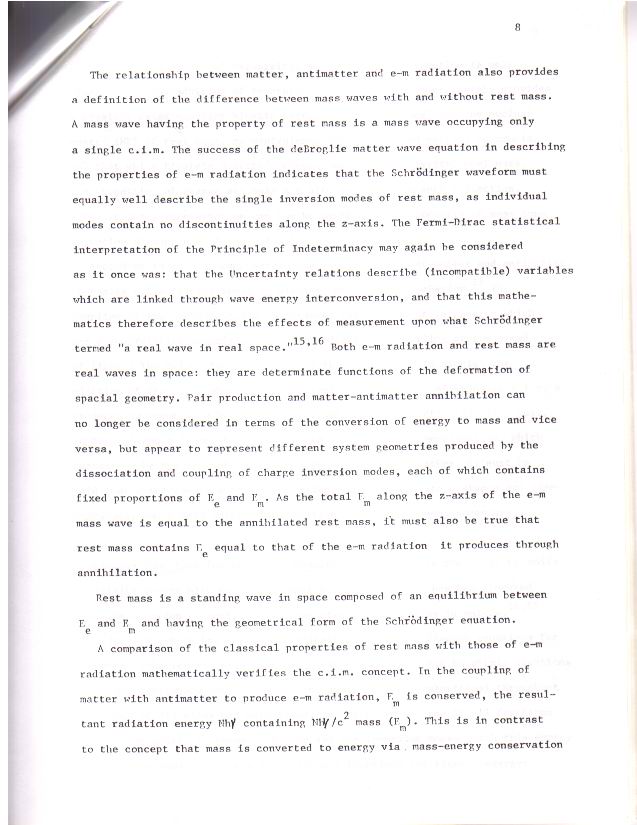 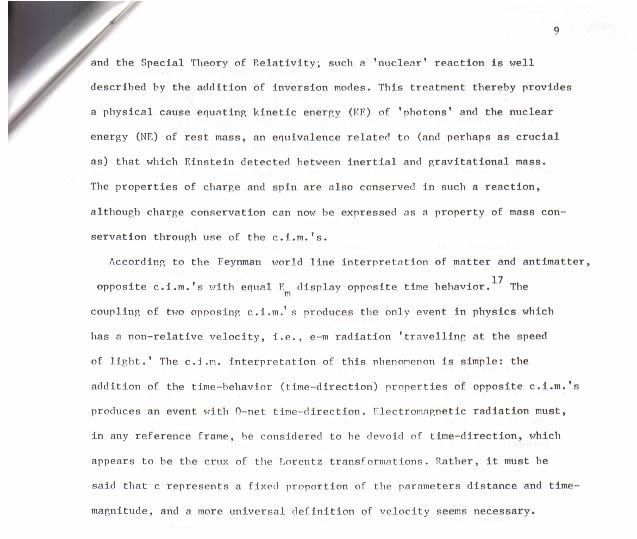 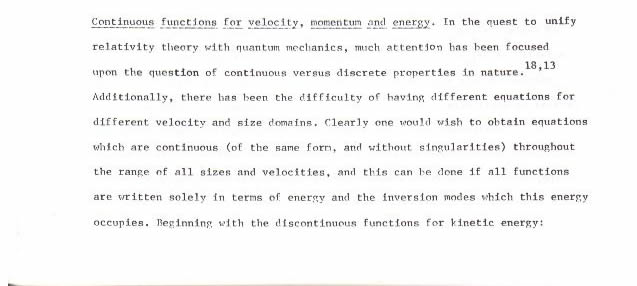 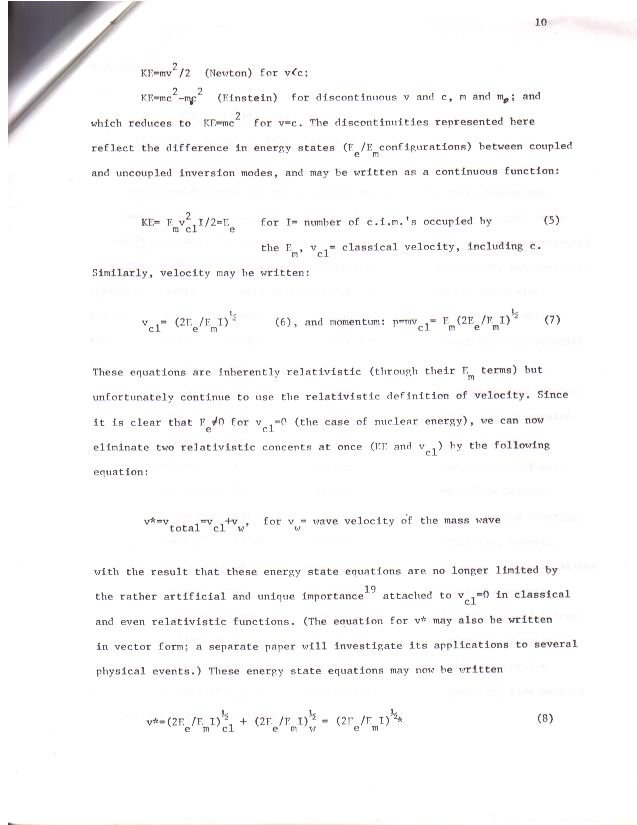 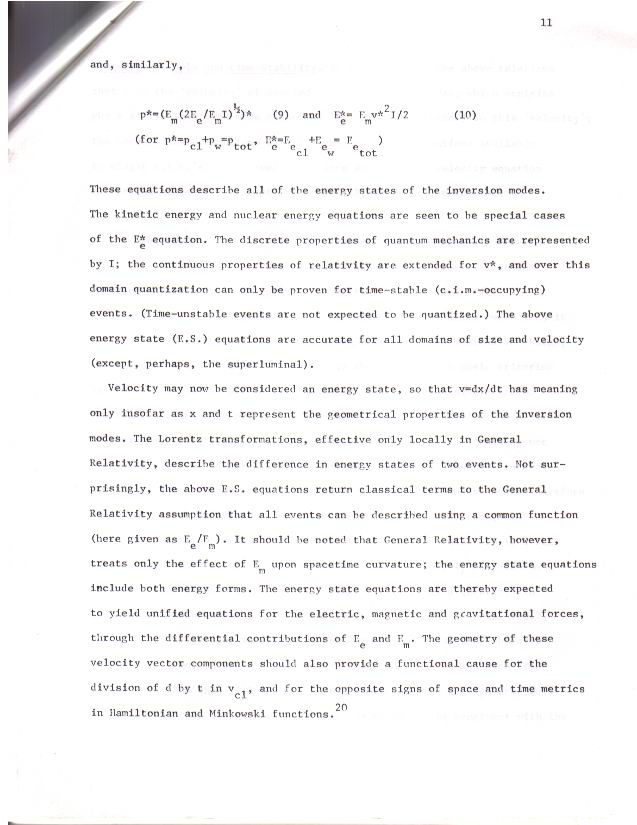 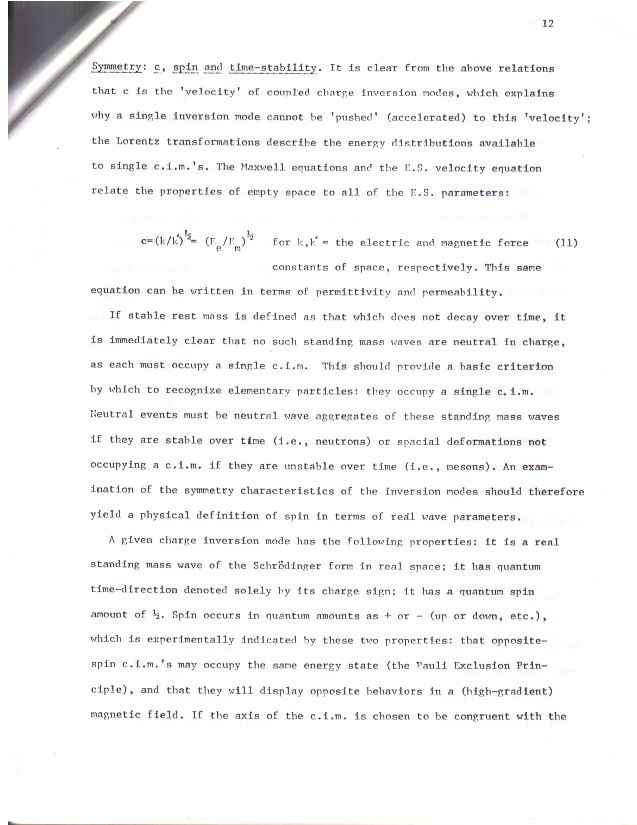 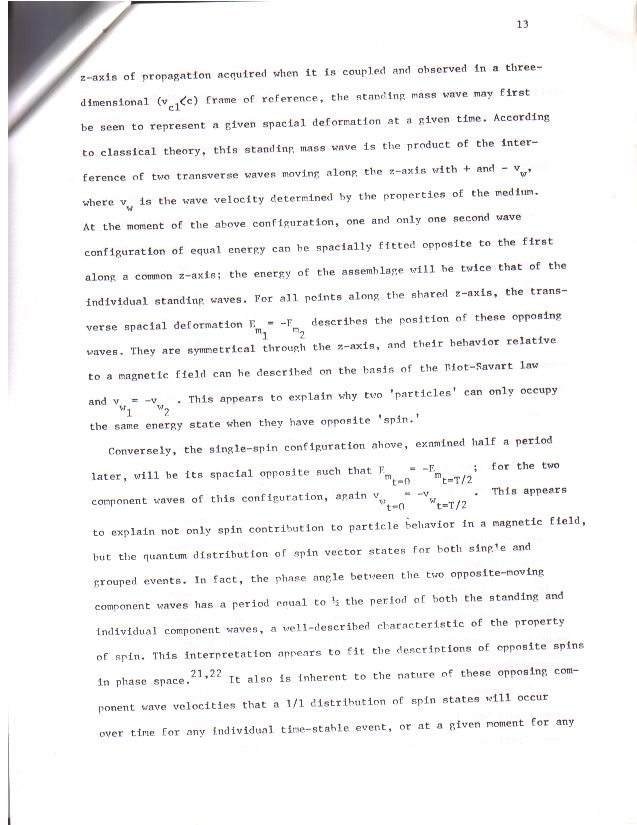 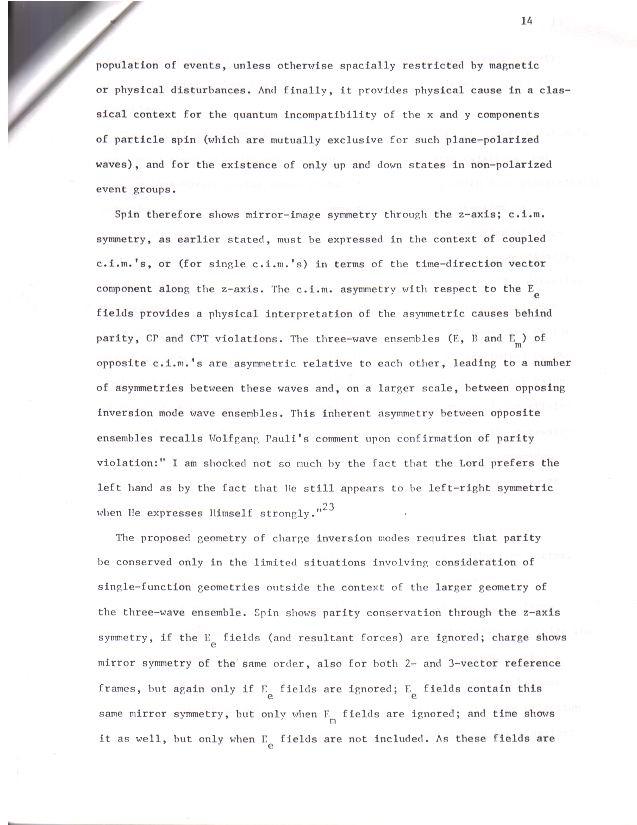 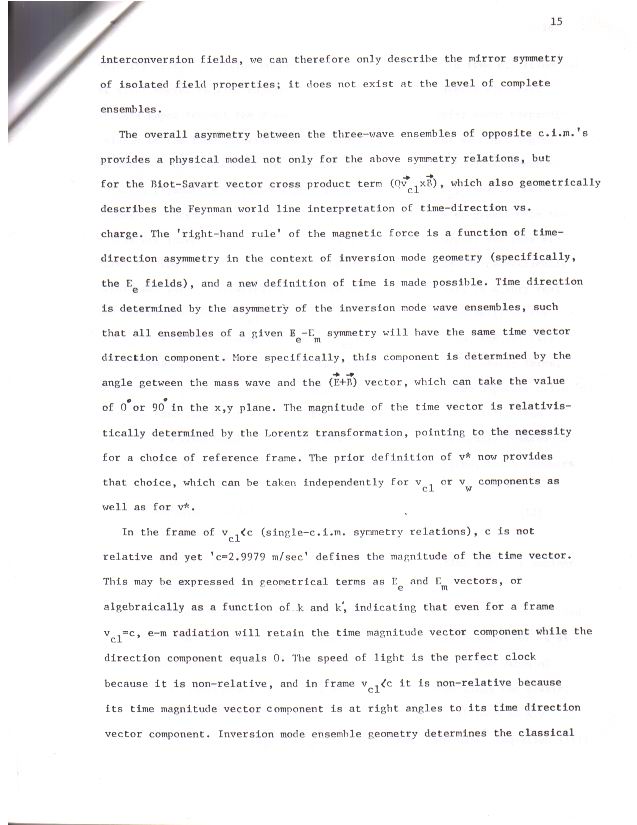 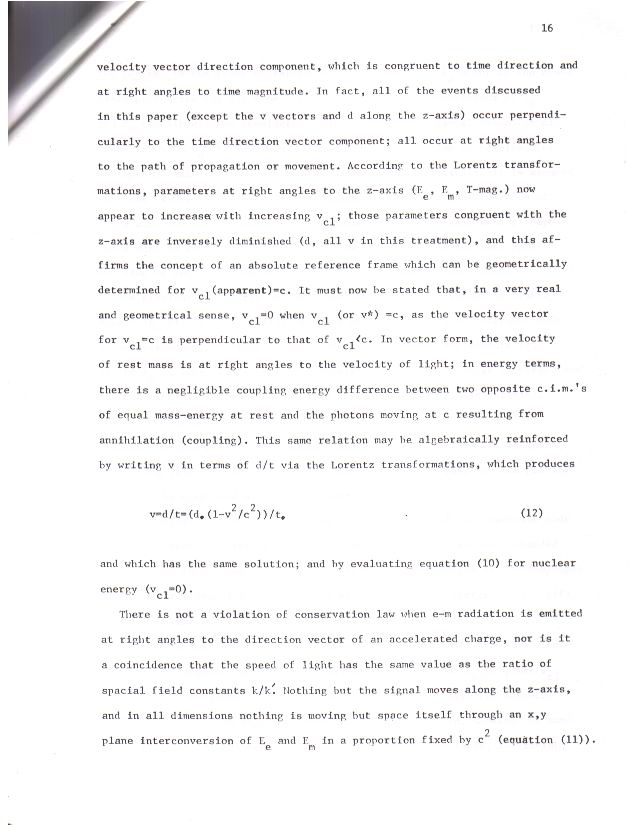 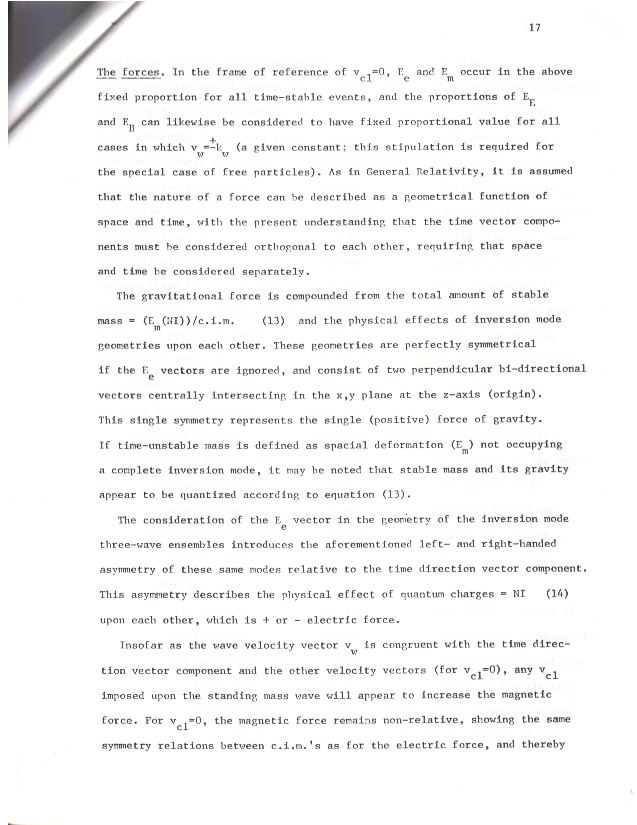 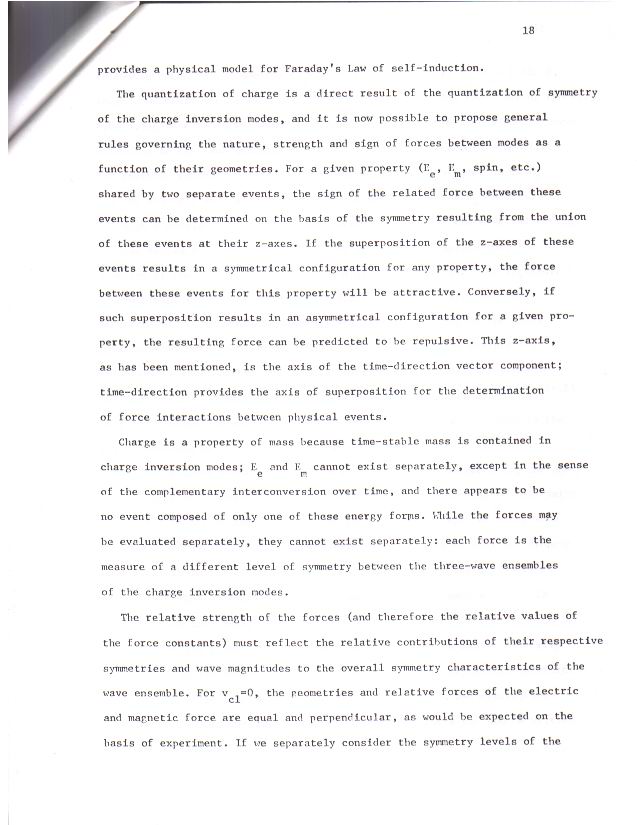 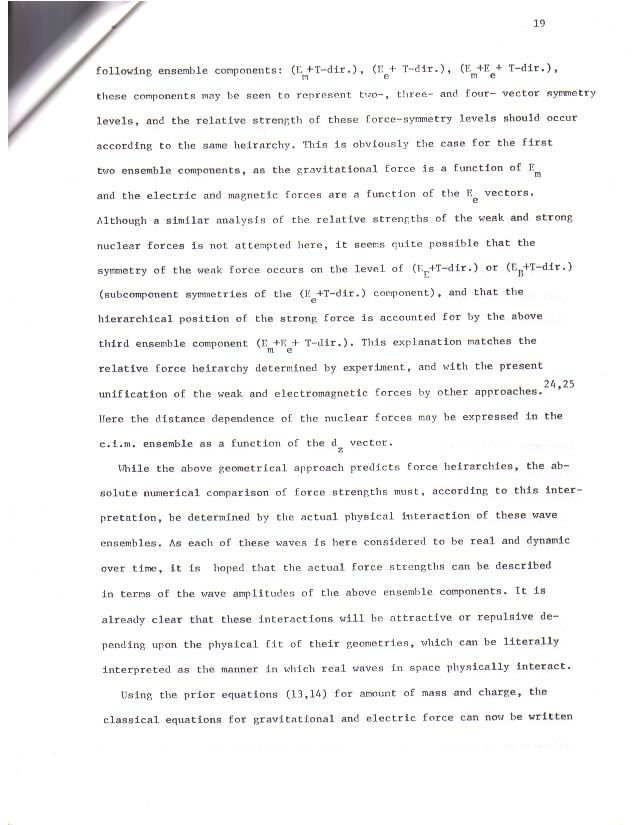 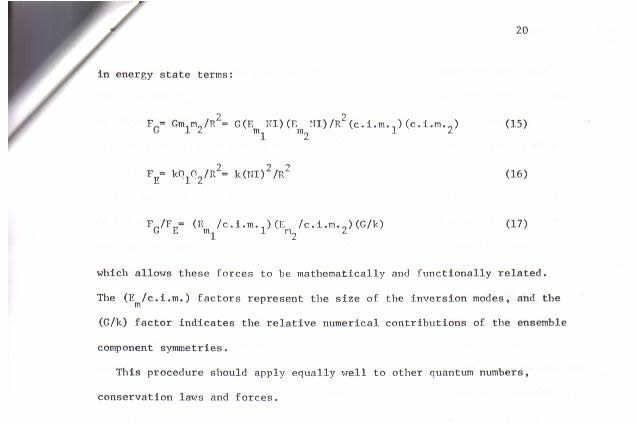 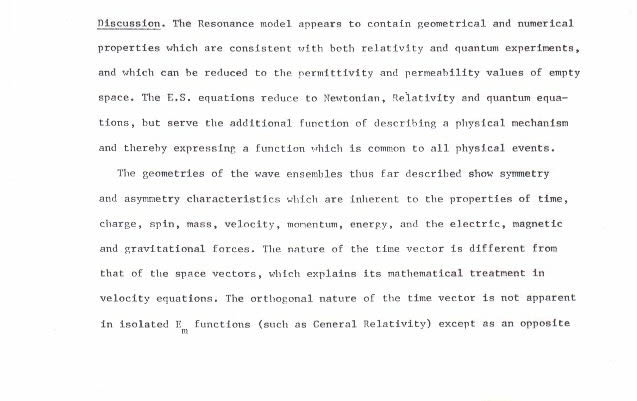 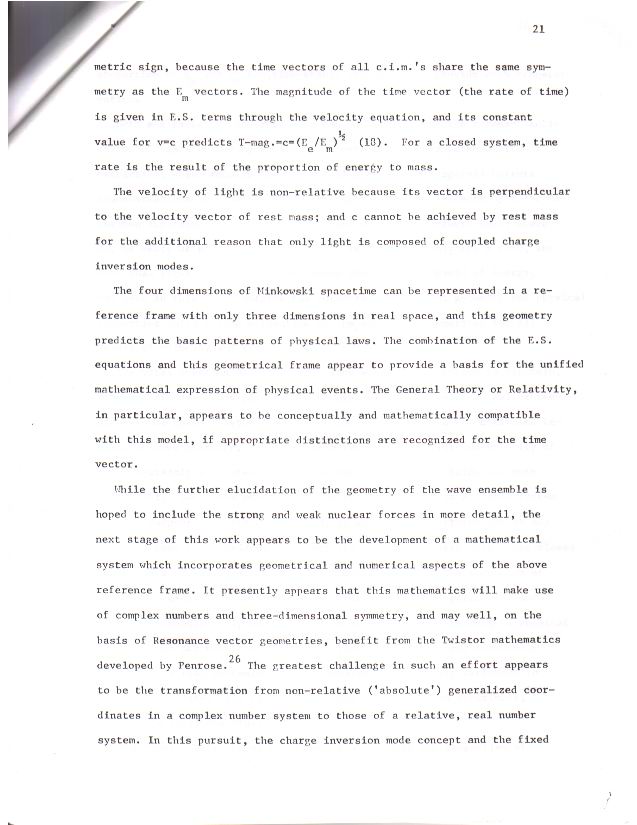 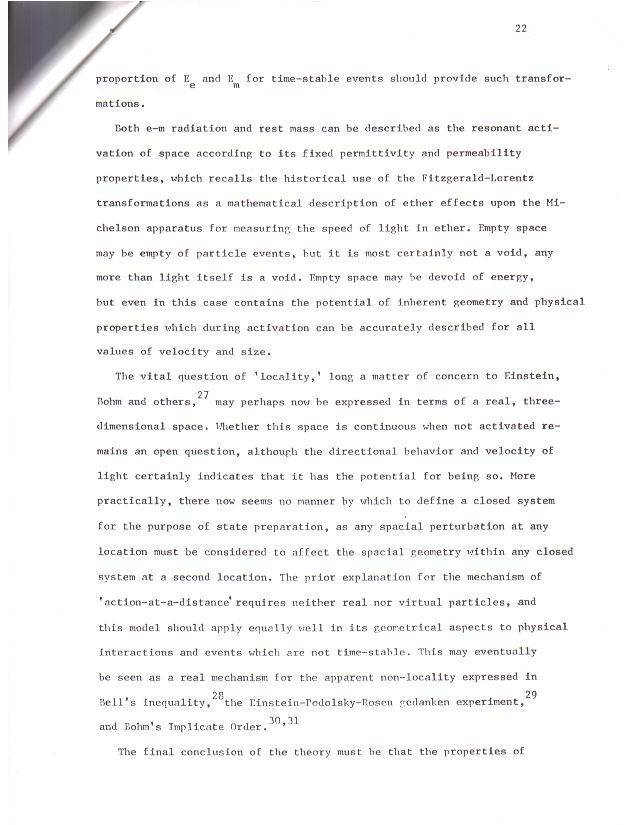 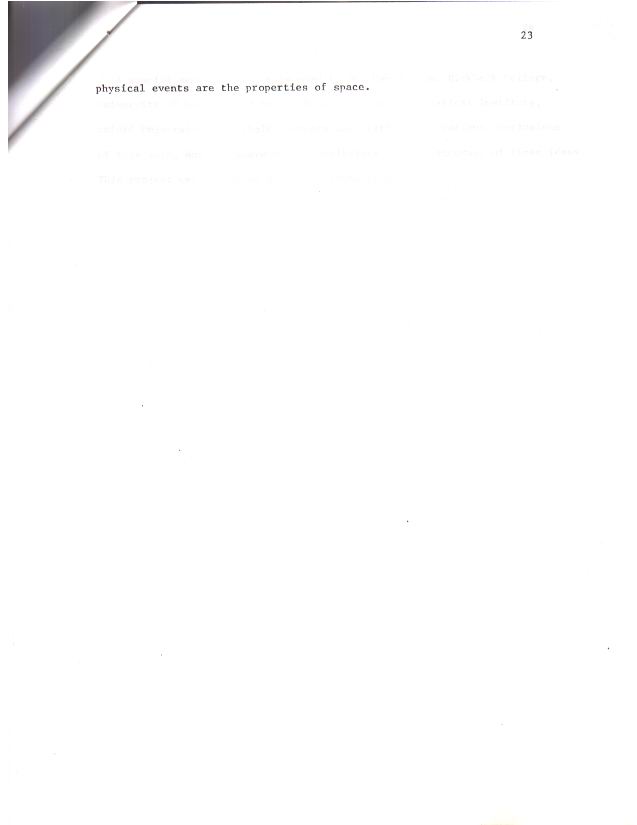 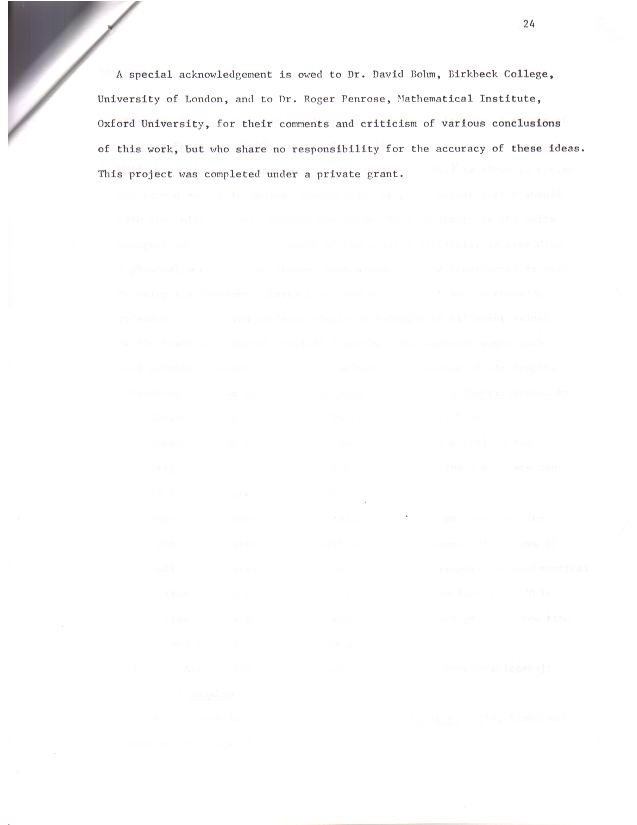 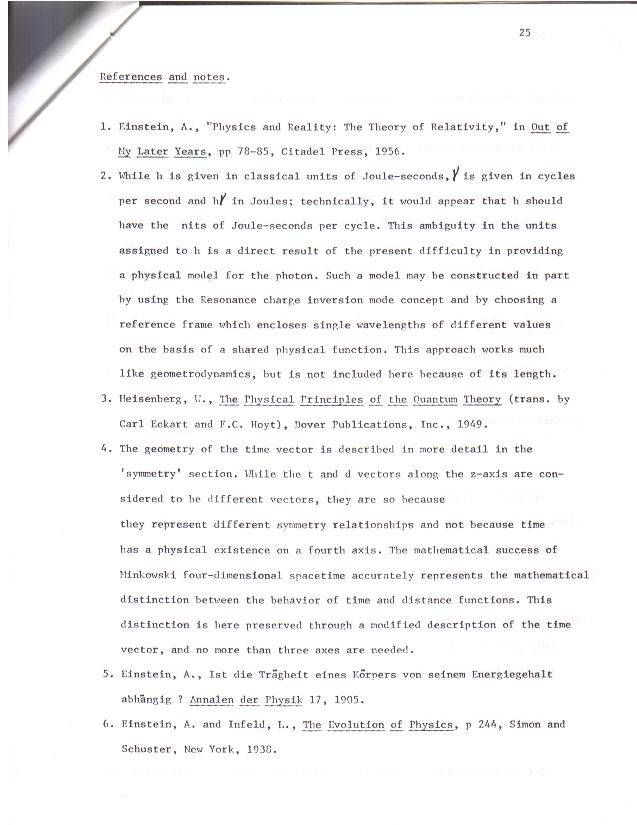 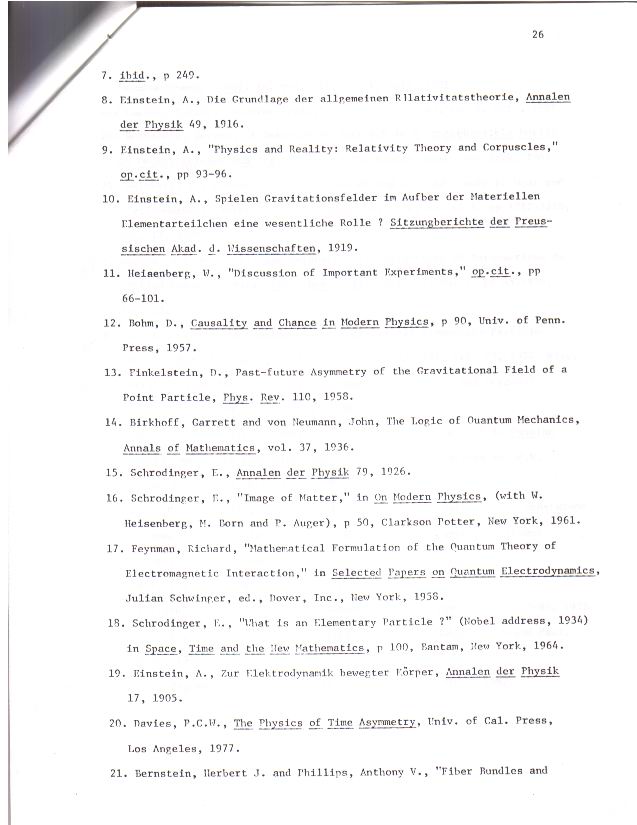 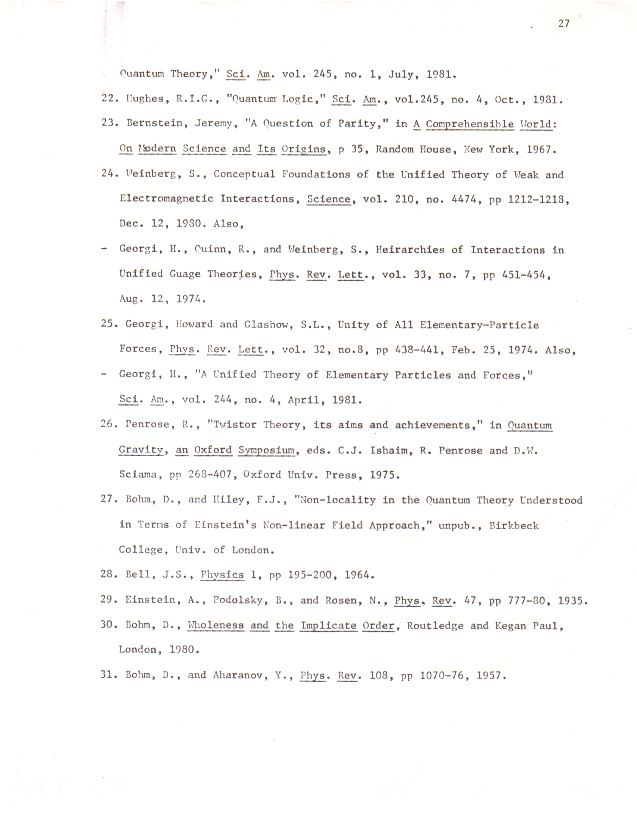 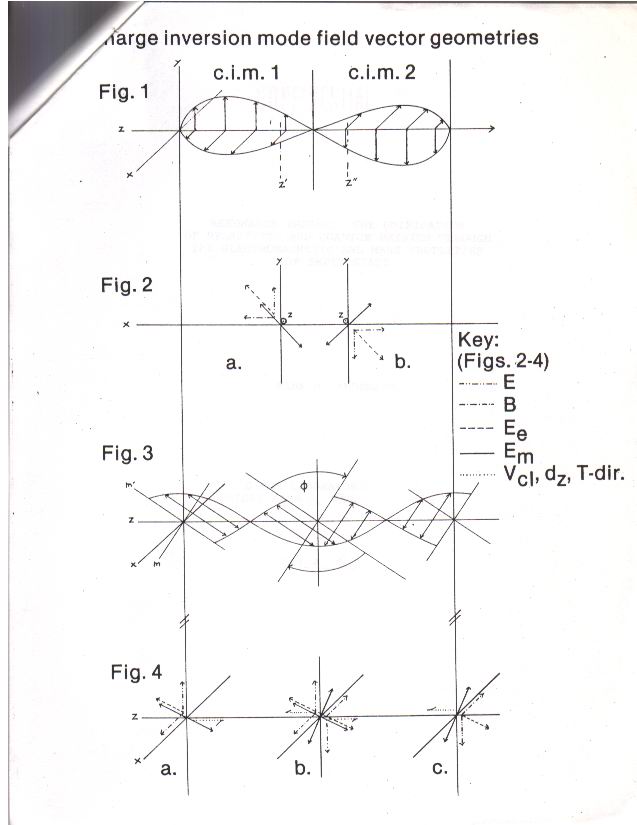 |
Resonancescott2023-08-08T16:00:06-07:00
Copyright © 2012 Mark R. Anderson
